Kubota L3540-II, L4240-II, L5040-II, L5240-II, L5740-II Tractor Workshop Service Manual
Product Overview
The Kubota Tractor Workshop Service Manual for models L3540-II, L4240-II, L5040-II, L5240-II, and L5740-II is an essential resource for maintenance and repair personnel. This comprehensive manual, published as document number 9Y111-11670, is presented in PDF format and consists of 672 pages, all in English.
Key Features
- Comprehensive coverage of Kubota tractor models: L3540-II, L4240-II, L5040-II, L5240-II, L5740-II
- Detailed instructions and diagrams spanning 672 pages
- Available in PDF format for easy access
- Published with reference number: 9Y111-11670
- Written in English for a global audience
Benefits
- Facilitates effective maintenance and repair with detailed procedures
- Ensures accurate troubleshooting with comprehensive diagnostics
- Enhances user safety through illustrated guides and safety instructions
- Improves operational efficiency with thorough service recommendations
Usage Recommendations
- Use this manual as a reference for regular maintenance checks and repairs.
- Refer to the section “Mechanism” before proceeding with specific repairs for a better understanding of the tractor’s operations.
- Keep the manual accessible in your workshop for immediate assistance when needed.
Table of Content
- Information
- General
- Engine
- Clutch
- Transmission
- Rear Axle
- Brakes
- Front Axle
- Steering
- Hydraulic System
- Electrical System
- Cabin
This workshop manual is structured into four main parts:
- Information: Includes safety guidelines, specifications, and dimensions.
- General: Covers engine identification, model information, maintenance checklists, and tools.
- Mechanism: Provides detailed insights into the tractor’s structure and function. Refer to updated manuals for diesel engine specifics not included here.
- Servicing: Includes troubleshooting tips, servicing specifications, tightening torques, and disassembly procedures.
Manual Extract – Oil Flow
Oil Flow Overview: This section outlines the path of oil within the tractor’s hydraulic system. Oil is initially drawn into the charge pump, passing through a sequence of valves and ports, ensuring optimal operation of key components such as the HST filter, Hi-Lo solenoid valve, and power steering controller. Understanding this flow is critical for diagnosing and servicing hydraulic-related issues effectively.
Only logged in customers who have purchased this product may leave a review.

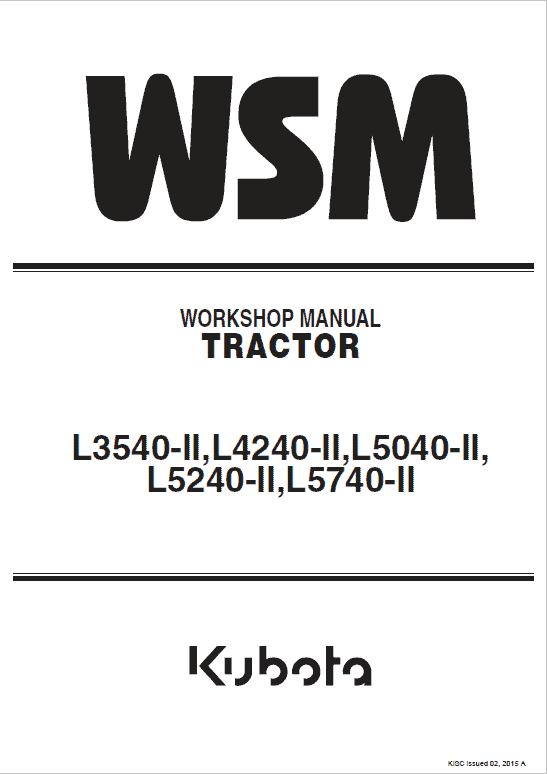
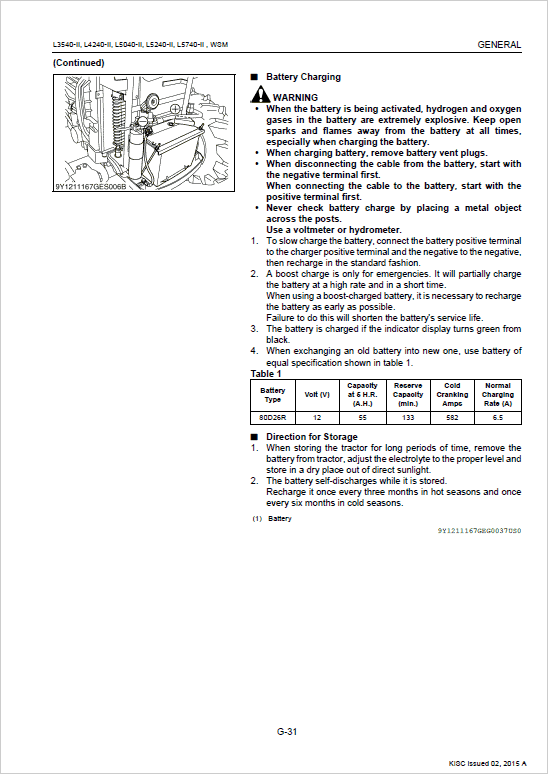
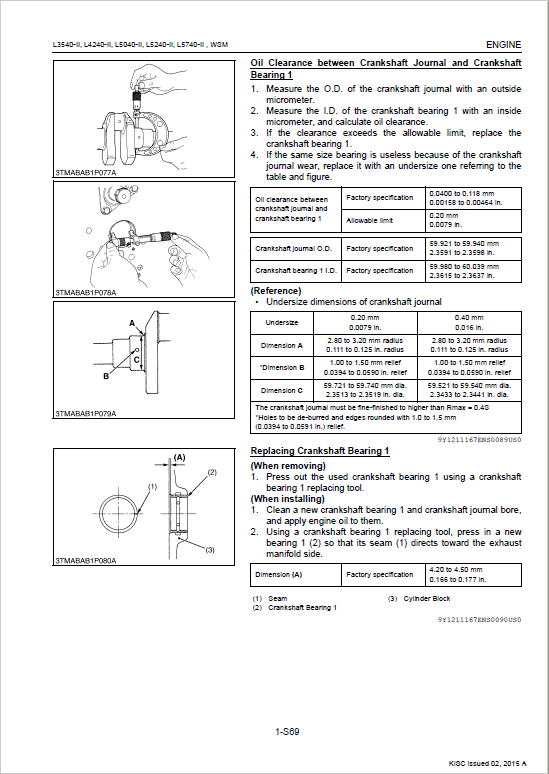
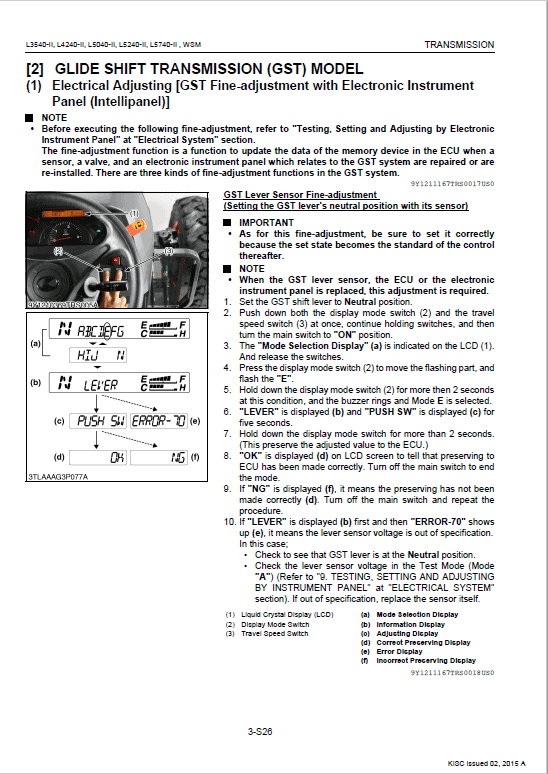
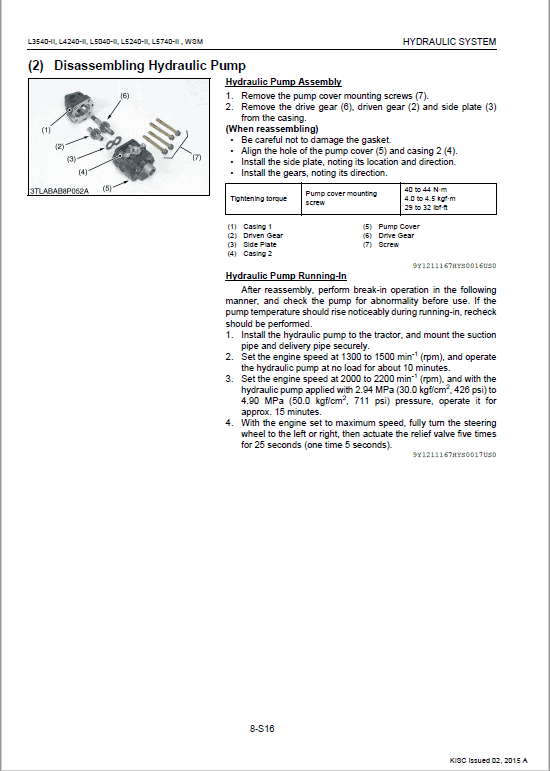
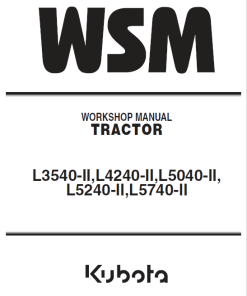
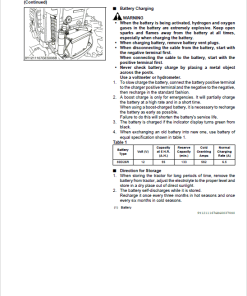
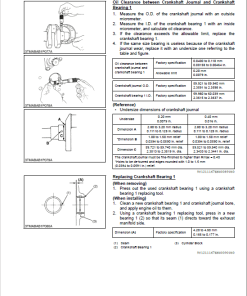
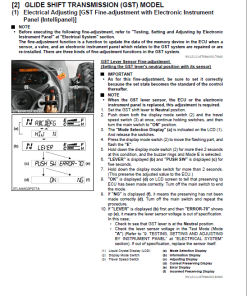
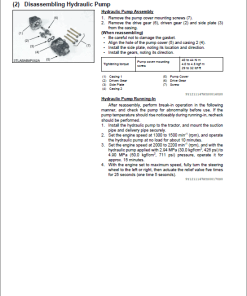
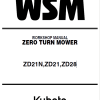
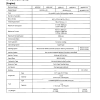
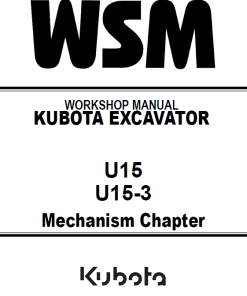
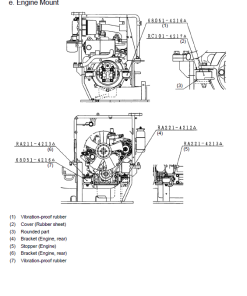
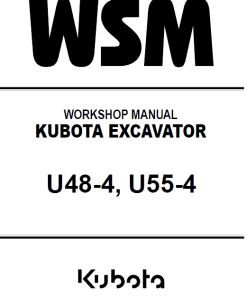
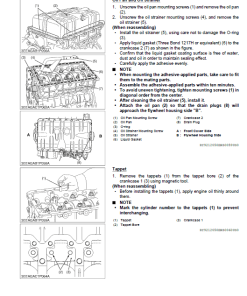
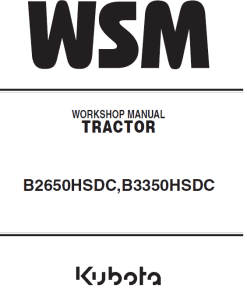
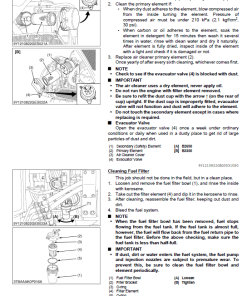
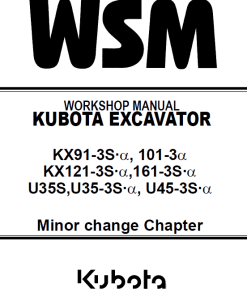
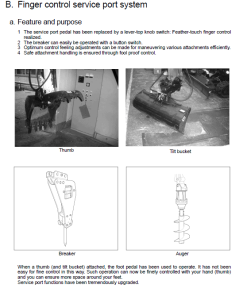
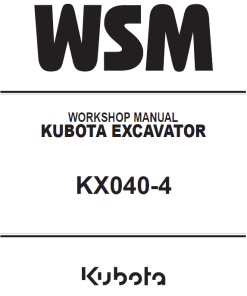
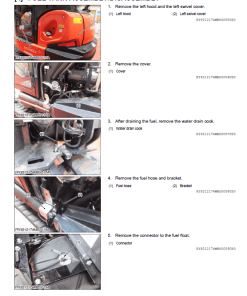
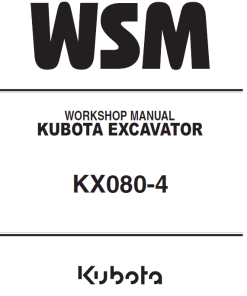
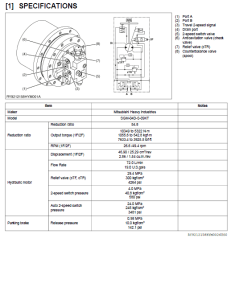
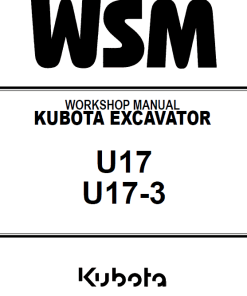
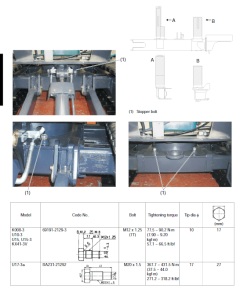
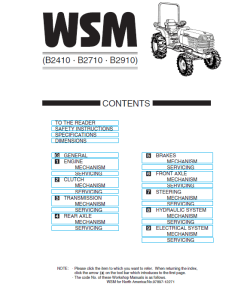
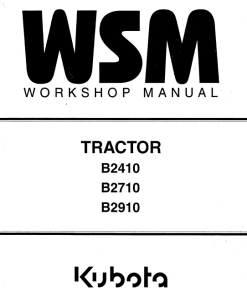
Reviews
There are no reviews yet.